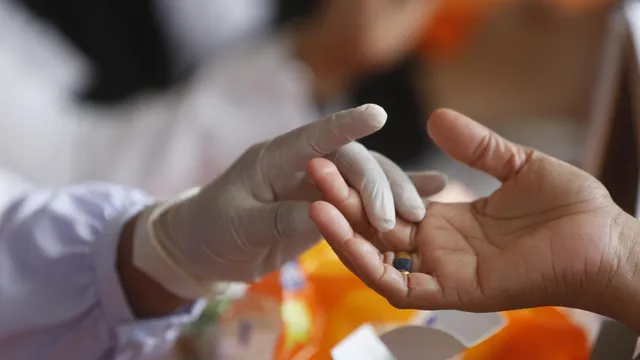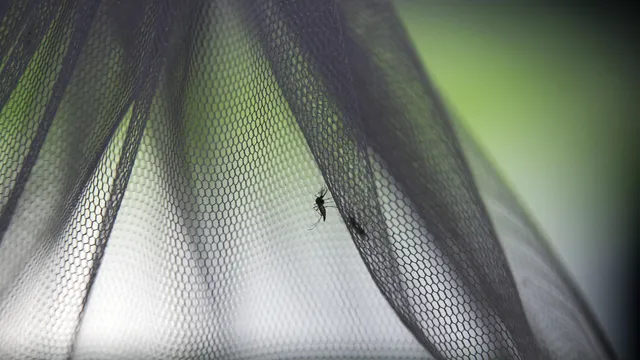Menopause presents with well-known symptoms such as hot flashes, sleep disturbances, or vaginal dryness. Although most of these subside after menstruation stops completely, studies show that between 27% and 84% of women suffer from a prolonged syndrome called genital-urinary syndrome of menopause (GUSM).
Many are still unaware that this is a direct result of the decline in hormones, according to National Geographic magazine.
Genitourinary syndrome of menopause encompasses a range of disorders affecting the genital and urinary areas: dryness, itching, irritation, pain during intercourse, burning during urination, or an urgent need to urinate.
In some cases, GUTS leads to recurrent urinary tract infections. These symptoms can begin as early as perimenopause (the period before menopause), but they intensify with age and sometimes appear several years after menopause.
Until recently, the term "vulvovaginal atrophy" was used. The new term, adopted about ten years ago, aims to better describe all the symptoms.
"Many people think these problems are just part of normal aging," says Lauren Streicher, director of a specialized center in Chicago. This lack of information is a problem, as only a small percentage of women receive appropriate treatment.
The estrogen deficiency that causes GUSM weakens the vaginal and urinary tissues, leading to dryness and inflammation.
In addition to pain during intercourse, the syndrome can make everyday activities such as wearing pants, riding a bike, and more difficult. If misdiagnosed, some urinary tract infections can lead to serious complications, even sepsis.
The psychological consequences are also significant: many women associate their intimate problems with marital tension.
Initial treatment consists of using vaginal moisturizers and lubricants to restore balance and reduce pain during intercourse.
It is advisable to avoid certain water-based products that can worsen dryness.
When symptoms persist, local estrogen-based hormone treatments are the recommended solution, as they restore tissue health without entering the bloodstream. | BGNES

 Breaking news
Breaking news
 Europe
Europe
 Bulgaria
Bulgaria







